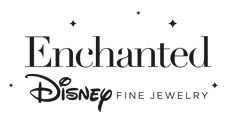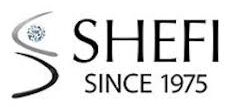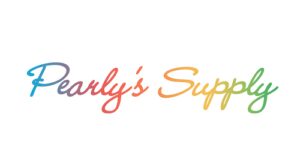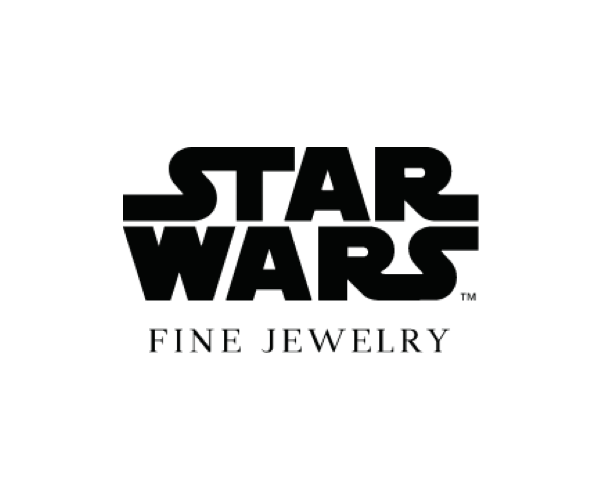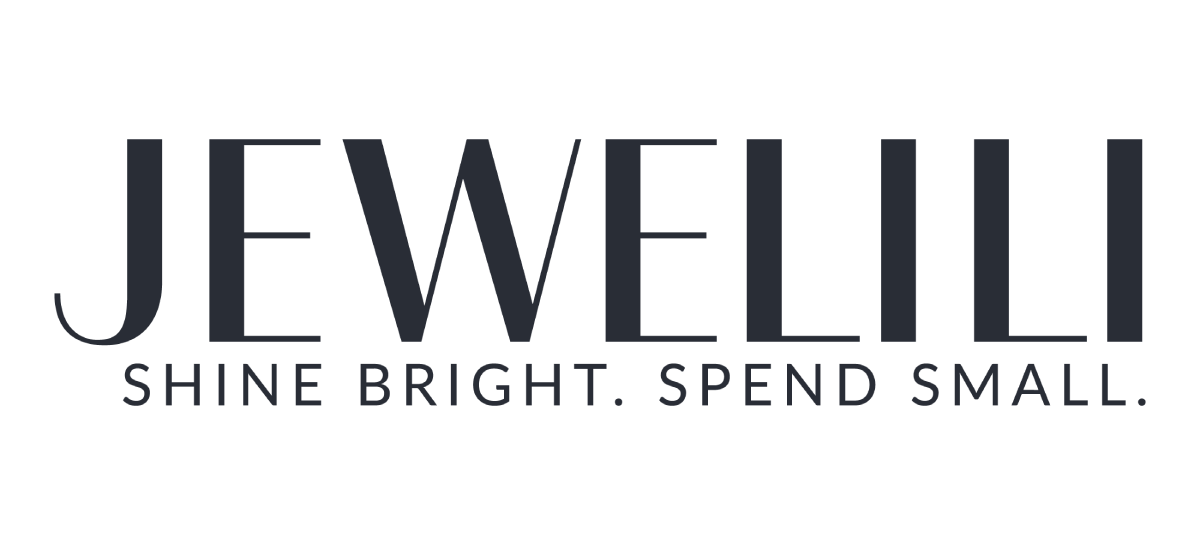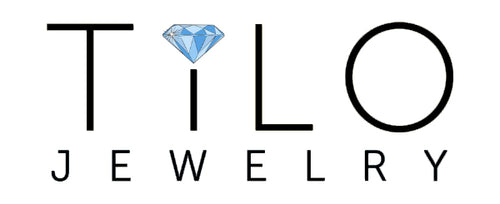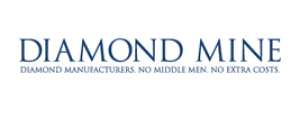One common concern about automatic content generation in the jewelry business—whether for titles, descriptions, or SEO parameters—is the belief that manual content creation yields better results. While there’s truth to the notion that dedicating human effort to crafting each specific jewelry title or description can produce higher quality, the question becomes: What are the real uses and advantages of automated content generation?
Is There So Much Content to Create?
Yes, there is—and for good reason. The jewelry business, especially jewelry eCommerce, is characterized by large product catalogs. Thousands, tens, and even hundreds of thousands of SKUs are absolutely common. Each jewelry item requires its own set of product information.
Second, the product information must be multi-channeled, meaning it is created multiple times to fit a variety of content destinations. Each platform, whether a marketplace like Amazon, eBay, or Etsy, a B2B or B2C website, or even social media channels, has its own set of rules, limitations, and best practices for product descriptions, titles, and images.
Additionally, seasonality plays a crucial role. Product descriptions may need to be adjusted to match seasonal trends—whether it’s promoting engagement rings for Valentine’s Day or adjusting keywords to align with holiday shopping.
Creating metadata—such as technical data (SKUs, dimensions) and SEO elements (meta titles, descriptions, keywords)—adds another layer of work. This is essential for optimizing listings across platforms, but it requires additional effort to ensure each product is properly structured for search engines and marketplaces.
In addition, if you’re targeting international customers, you must consider multilingual content, ensuring your product listings resonate with audiences in different languages and cultures.
Manual vs. Automated Content Generation
When creating classical copy manually, the copywriting is situational, based on each content destination’s limitations. When writing a title for a platform like eBay, for example, you know you have a limit of 80 characters. Another 140-character copy for Etsy. A shorter and more technical title/description for your B2B website and set of emotional ones for the retail one.
On the other hand, automatic content generation starts with the correct parameterization of product information. To generate a product title automatically, the process begins by identifying key product parameters. This includes the jewelry’s style, category, subcategory, shape, emotional appeal, and other unique product details and identifiers. The output of human effort in automated content generation boils down to well-structured product data. From there, the benefits unfold.
What is content parametrization, and what is it good for?
Content parameterization refers to the process of breaking down a plain product description into key components or parameters, which can then be used to automatically generate tailored content. This involves identifying a product’s essential characteristics and assigning them values, allowing for scalable and flexible content creation across multiple platforms.
Example:
Title: “18K Yellow Gold Heart Ring With 1.45 TCW Natural E/VS1 Diamond”. Here, the content can be converted into the following jewelry parameters:
- Metal: Yellow Gold
- Metal Purity: 18K
- Product Type: Ring
- Shape: Heart
- Creation Method: Natural
- Gemstone: Diamond
- Diamond Weight: 1.45 Total Carat Weight (TCW)
- Diamond Clarity: VS1
- Diamond Color: E
By breaking down the content into these granular parameters, PIM systems can efficiently generate high-quality product listings across various platforms. This level of detail ensures that the content is accurate and adaptable to different sales channels while maintaining consistency.
For our example, it will take seconds to generate multiple assets using the basic data:
- 40-Characters title: 18K Yellow Gold Heart Diamond Ring, 1.45 TCW
- 140-Characters title: 18K Yellow Gold Heart Ring, 1.45 TCW Natural Diamond, E Color, VS1 Clarity, Fine Jewelry for Engagement, Anniversary, or Special Occasions
- 250-Characters title: 18K Yellow Gold Heart Ring with 1.45 TCW Natural Diamond, E Color, VS1 Clarity – A Stunning Piece of Fine Jewelry, Ideal for Engagement, Anniversary, or Special Gifts. Handcrafted Elegance Perfect for Those Who Appreciate High-Quality, Timeless Jewelry Design
- 5 SEO keywords/product tags: 18K Yellow Gold Heart Ring; 1.45 TCW Natural Diamond Ring; VS1 Clarity Diamond Jewelry; E Color Diamond Engagement Ring; Yellow Gold Fine Jewelry Ring
These titles and metadata cater to various content needs while incorporating important keywords for SEO.
Benefits of Automated Content Generation
Faster Content Rotation
Jewelry data isn’t static. One major advantage of automated content is the ability to quickly rotate content. You can A/B test different versions for effectiveness, leading to better SEO results, improved PPC campaign response, and higher engagement. While manual copywriting may only deliver one version of a title or description, automated tools allow for creating multiple variations using the same set of parameters. For instance, the same 5 to 10 parameters for a ring or necklace can generate dozens of different eBay titles. This enables testing and ensures your content stays relevant while benefiting from eBay’s search algorithms favoring fresh content.
Adaptability to Change
Even if you’ve optimized an Amazon title for a diamond engagement ring today, it may need to be adjusted in the future due to seasonal shifts or updates in search algorithms. Automated content generation allows for quick adjustments, keeping your listings in sync with current trends.
Reuse Across Platforms
With manual content creation, an eBay title might only be useful for that platform. If you need a new seasonal title for Etsy or Shopify website, you’d typically start from scratch. However, with parameter-based content generation, the same core data can be repurposed for selling jewelry on multiple platforms—whether for titles, metadata, descriptions, or even programming.
Quick Time to Market
While human-generated content might offer slightly better quality, it simply isn’t scalable in fast-moving industries like jewelry eCommerce. The speed of trend changes requires swift execution, and sometimes, “done is better than perfect.” Automated content allows you to bring new collections to market faster.
Bulk Processing
Jewelry eCommerce often deals with large quantities of SKUs, making one-by-one content creation impractical. A typical jewelry eCommerce website may have hundreds or thousands of SKUs, so high-level manual content generation isn’t feasible for the entire inventory.
Team Collaboration
Content generation doesn’t have to rest solely on the shoulders of a single copywriter. With automated processes, multiple team members—SEO specialists, PPC experts, inventory managers, designers, brand managers, and the marketing team—can all contribute to defining product parameters. Each team member brings niche expertise to the table, resulting in more accurate, high-quality product descriptions.
Consistency, Accuracy, and Trust
Perhaps the most straightforward benefit of automated content generation is consistency. Automation minimizes human error, providing reliable, consistent content for both internal and external use, making it easier for your team and your customers to understand and engage with the product information.
Data-Driven Analytics
Another advantage of using automated content generation is the ability to leverage analytics. Replacing a manually written eBay title with parameterized content enables the integration of advanced BI and analytics tools. With structured data, you can analyze product performance, discover strengths, and identify opportunities. For example, parameterized content could reveal that hoop earrings perform better in the fine jewelry category than in ethnic jewelry, insights that wouldn’t be as clear without this analytical approach.
Conclusion: Empowering, Not Replacing, Manual Copywriting
Automated content generation for jewelry products is not about replacing manual copywriting—it’s about enhancing it. An experienced copywriter should still be responsible for fine-tuning the top 5% of best—and worst-performing products. They can introduce new creative ideas, which can be transformed into new product parameters to further enhance and optimize your jewelry data. The goal of automated content is to create the correct, scalable work processes, and react to the digital needs of the jewelry business.






